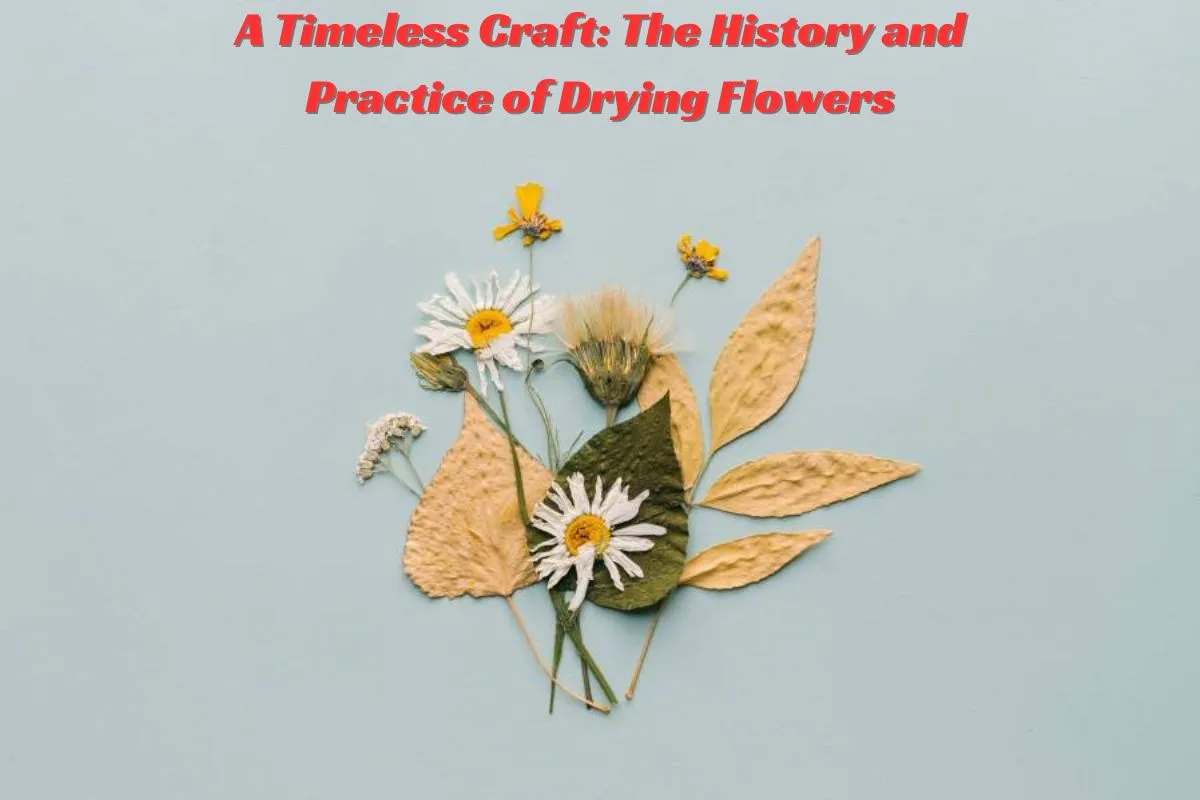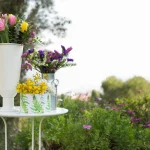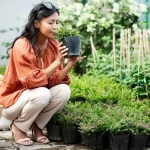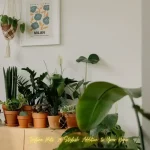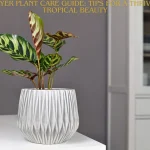Preserving Nature’s Beauty Across Time
The practice of drying flowers is as old as human civilization itself. Across cultures and centuries, people have sought ways to preserve the fleeting beauty of nature. Flowers, being some of the most delicate and symbolic elements of the natural world, have long held a special place in rituals, medicine, art, and memory. Drying them not only extends their lifespan but also transforms them into enduring keepsakes with both aesthetic and emotional value.
Ancient Origins of Dried Flowers
The earliest known use of dried flowers dates back thousands of years. Ancient Egyptians placed dried lotus blossoms and garlands in the tombs of pharaohs as symbols of eternal life and spiritual purity. These preserved florals were discovered intact in archaeological excavations, proving the effectiveness of early drying techniques.
Similarly, in traditional Chinese medicine and culture, dried flowers were used for healing and symbolic offerings. The Greeks and Romans also employed floral preservation in their temples and homes, creating the early foundation for what we now recognize as the art of drying flowers.
Medieval Europe: From Medicine to Home Rituals
During the Middle Ages, drying flowers became a more widespread domestic practice across Europe. Herbs and blooms were hung upside down in bundles from wooden beams, not only to dry for medicinal use but also to add fragrance to homes and ward off evil spirits.
Lavender, rosemary, and chamomile were popular for their calming properties and ability to retain scent and color. Over time, this functional use merged with an appreciation for floral aesthetics, leading to the display of dried flower arrangements in homes, monasteries, and apothecaries.
Victorian Elegance and the Language of Flowers
In the Victorian era, the drying and pressing of flowers evolved into a refined art form. Victorians were known for their fascination with the language of flowers—floriography—which assigned symbolic meanings to different blooms.
Pressed flower arrangements were often used in handmade cards, lockets, and albums, capturing personal sentiments and memorializing special moments. Women especially embraced the craft as a way to express emotions in a time when direct communication was often constrained by social norms.
A Scientific Turn in the 20th Century
By the early 20th century, flower preservation had found a place not just in the home, but in art and education. Pressed flowers were frequently used in botanical studies, where specimens were collected, catalogued, and preserved in herbariums.
This scientific approach to drying flowers contributed to a deeper understanding of plant life and biodiversity, especially during the age of exploration and discovery.
Modern Techniques and the Revival of a Tradition
The modern revival of dried flower art has been shaped by both nostalgia and practicality. In an age of mass production and disposable goods, dried flowers offer a more sustainable, long-lasting alternative to fresh arrangements.
Florists and artists have embraced them not just as a substitute, but as a distinct medium with its own textures, tones, and timeless appeal. Today’s techniques combine the traditional with the innovative—air drying, flower pressing, silica gel preservation, and freeze-drying are all used depending on the desired effect.
Dried Flowers in Contemporary Lifestyle and Design
Beyond their decorative charm, dried flowers are also finding their place in wellness, lifestyle, and design trends. They’re featured in handmade candles, organic skincare products, natural confetti, and bespoke wall art.
Their muted colors and rustic textures evoke calm and simplicity, making them especially popular in minimal and boho-inspired interiors. Instagram and Pinterest have helped re-popularize the craft among new generations, leading to a surge in DIY tutorials and artisan florists dedicated to the dried aesthetic.
A Symbol of Lasting Beauty
In many ways, the enduring appeal of dried flowers reflects a universal desire to hold onto beauty just a little longer. While fresh flowers mark a moment, dried ones preserve it. Whether displayed in a vintage bottle, a handmade wreath, or framed on a wall, they carry history, emotion, and artistry in every petal.
From ancient rituals to modern design, the humble dried bloom has truly stood the test of time.

